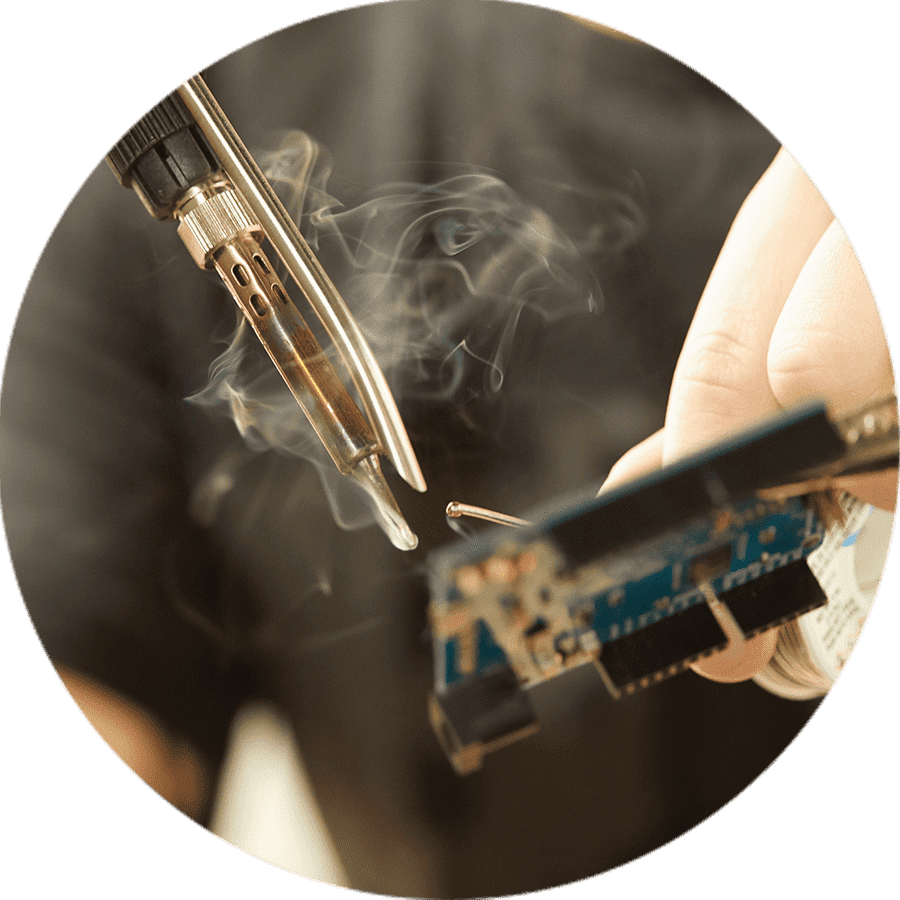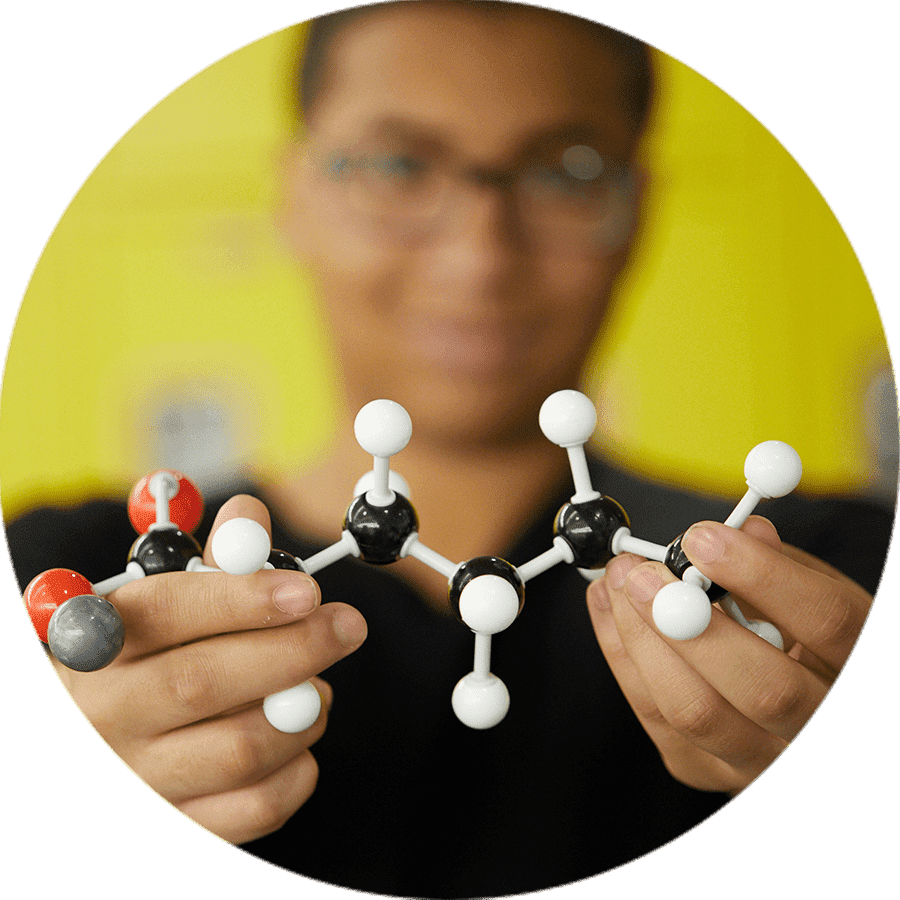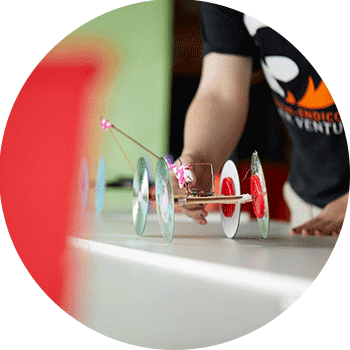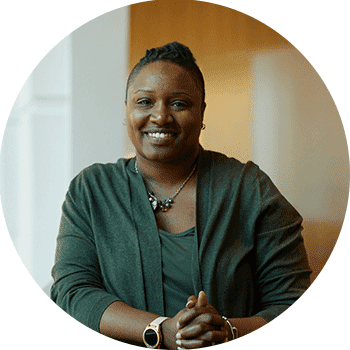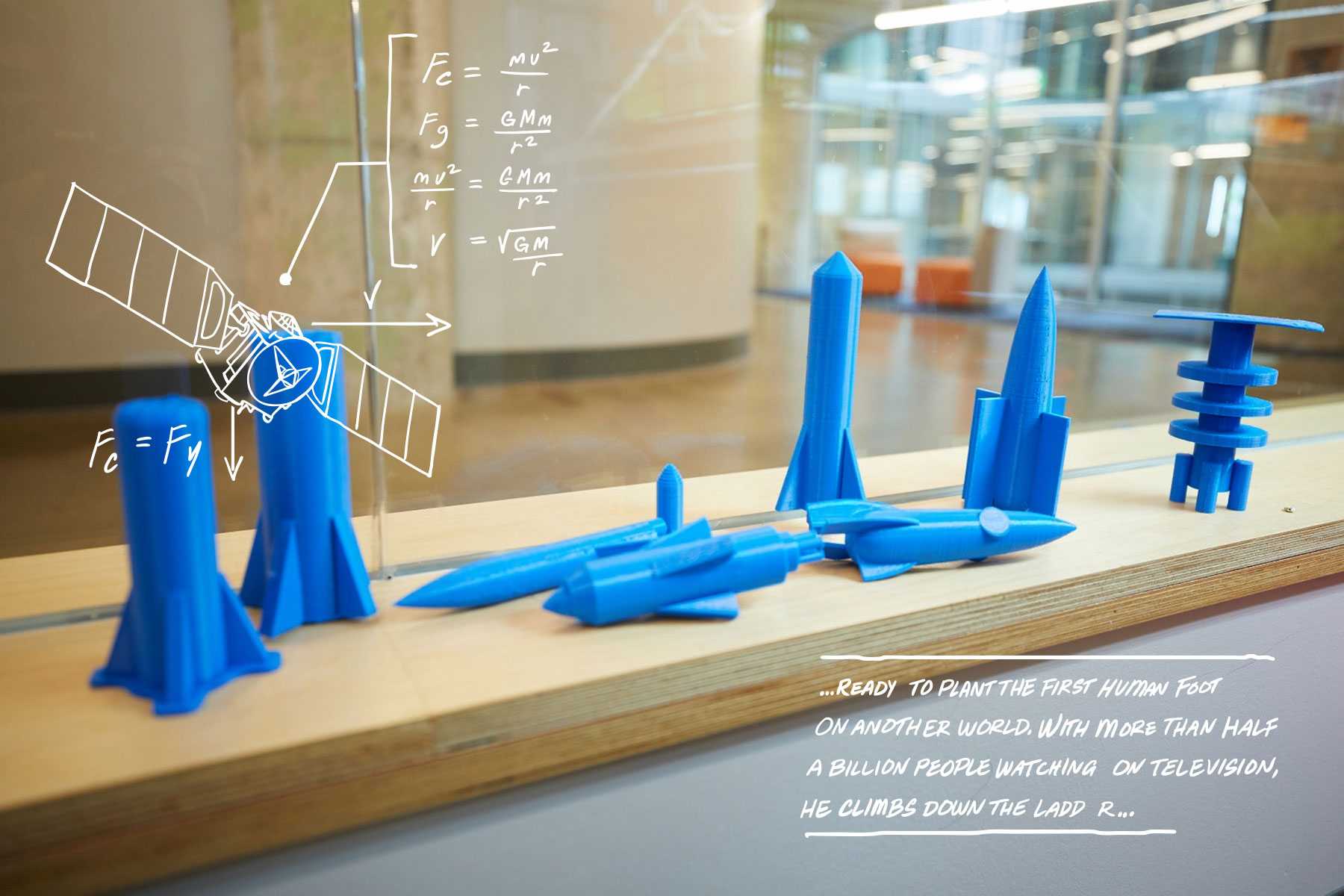3. Learning is cumulative.
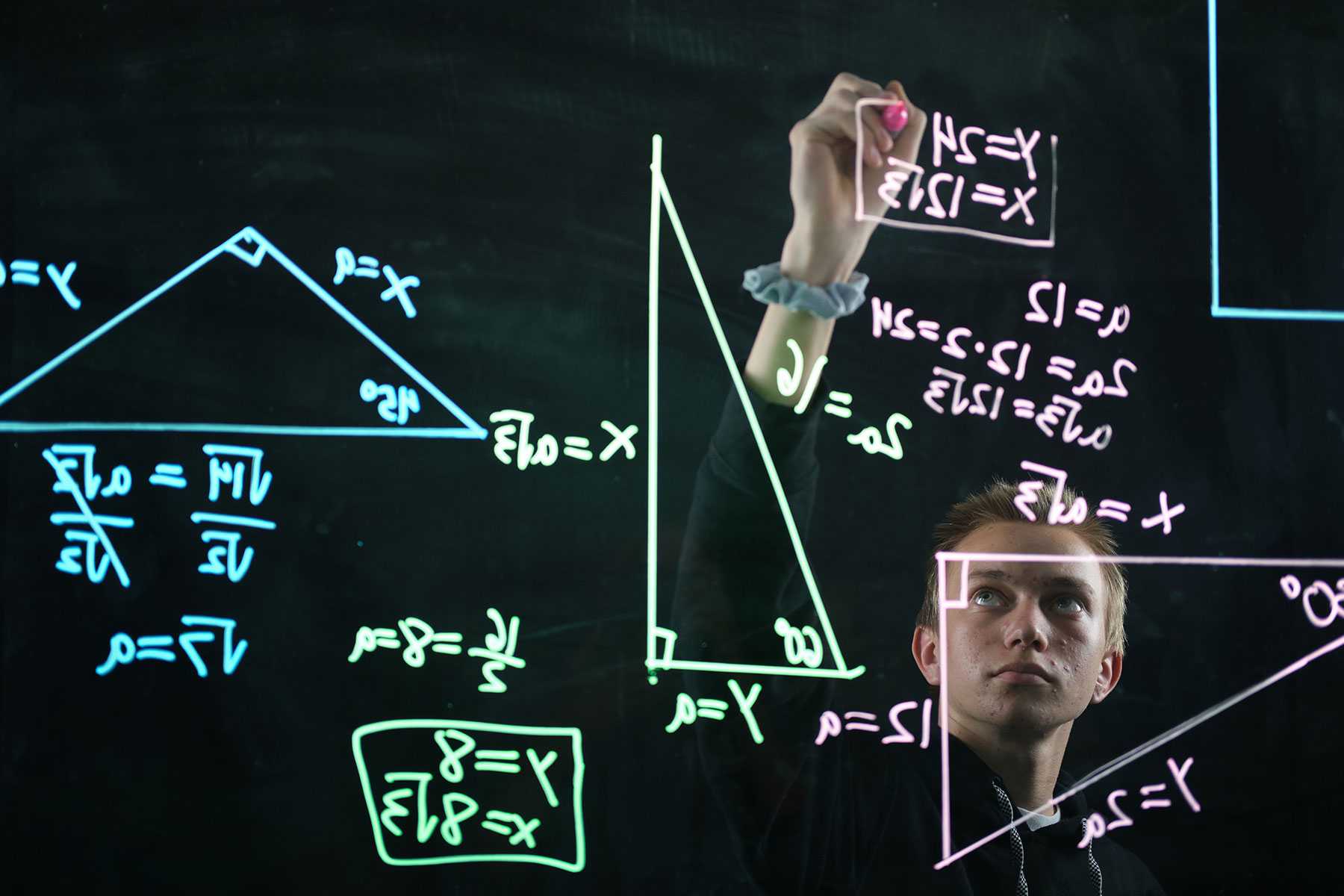
To develop new skills, people build on a foundation of prior skills and knowledge.
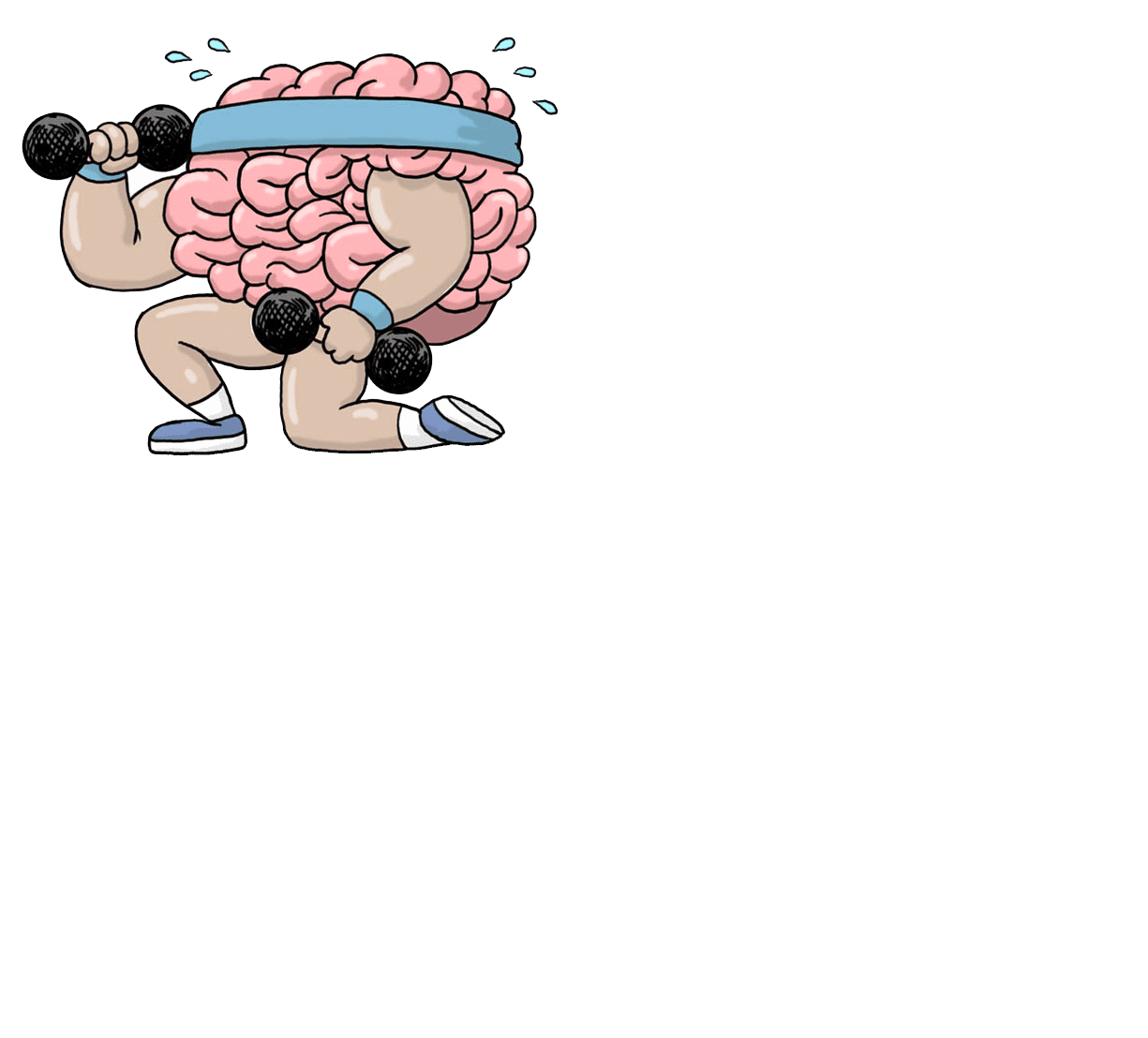
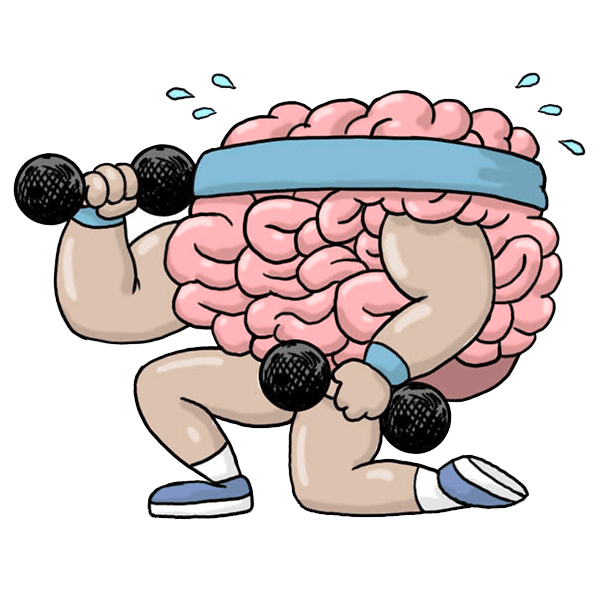
Fact:
The brain’s ability to perform complex memory tasks improves during adolescence.
Source: Alliance for Excellent Education
Many aspects of learning are cumulative. That is, certain types of learning build on other learning in predictable ways. For example: you have to understand fractions and ratios in order to do algebra. And you have to be able to read fluently in order to absorb the information in a complex essay question.
Teenagers learn better when they’re challenged with successively more sophisticated ways of thinking.
Not all cognitive progressions are linear, though, so for optimal learning to take place, students need to practice multiple types of thinking. They need to develop foundational skills, and they also need to test and stretch those skills with demanding content in order to move to higher levels of learning. The repetition of these two steps throughout a young person’s learning journey is the most effective way to engage their brains.
Too often, students who get to high school without the foundational skills they need are assigned to classes that are not truly engaging. Instead, they need curriculum that fascinates and challenges them, that connects with their interests as adolescents. And they need instruction and social contexts—even when they’re learning remotely—that help them stay motivated, encourage them to work hard, and purposefully enable them to develop the skills they need for successively more demanding work.
“Learn math the way you’d learn anything, like riding a bicycle. Stay on that bicycle. Fall off that bicycle. Do it as long as necessary, until you have mastery.”
– Salman Khan—Founder, Khan Academy
Dive Deep
![a student soldering electronics]() Making Mastery Work
Making Mastery WorkThe Nellie Mae Education Foundation explains what mastery learning is, how it works in 11 schools, and how you can incorporate it into your school design.
Read![a student holding a model of a molecule]() How People Learn
How People LearnIn this 2018 update to its classic report, the National Academy of Sciences considers the latest research on how learning environments and social relationships shape learning.
Read![student working on a project]() The Science of Learning
The Science of LearningThis concise guide summarizes what we know about student learning from the field of cognitive science, offering practical insights for teaching.
Read![teacher smiling]() Khan’s Case for Mastery
Khan’s Case for MasteryWould you build a house on an unfinished foundation? In a provocative TED Talk, Sal Khan argues that we should help students master concepts at their own pace rather than ignoring gaps in their learning.
Watch
Analyze
Competency-based education challenges us to think about how students develop increasing levels of knowledge and skill as they take on increasingly demanding work. The Nellie Mae Foundation’s “Making Mastery Work” identifies three key characteristics of competency-based education:
- Students progress at their own pace
- Graduation upon demonstration of mastery of a comprehensive list of competencies
- Teachers skilled at facilitating differentiated learning environments
Step 1 – Research
Brainstorm specific practices you could build into your school design that reflect each of these key characteristics. Discuss the impact on student learning and experience, and consider the implications for instructional practice, use of students’ and teachers’ time, cultural responsiveness, and assessments and tracking tools. Share your ideas with students, teachers, families, and others to get their perspectives.
Step 2 – Reflect
Share findings with your team and explore these questions:
- What insights, lessons, and practices from competency-based education seem most promising for your school model? How might your incorporate them?
- Are you ready to move entirely to a competency-based learning model? Why or why not?
